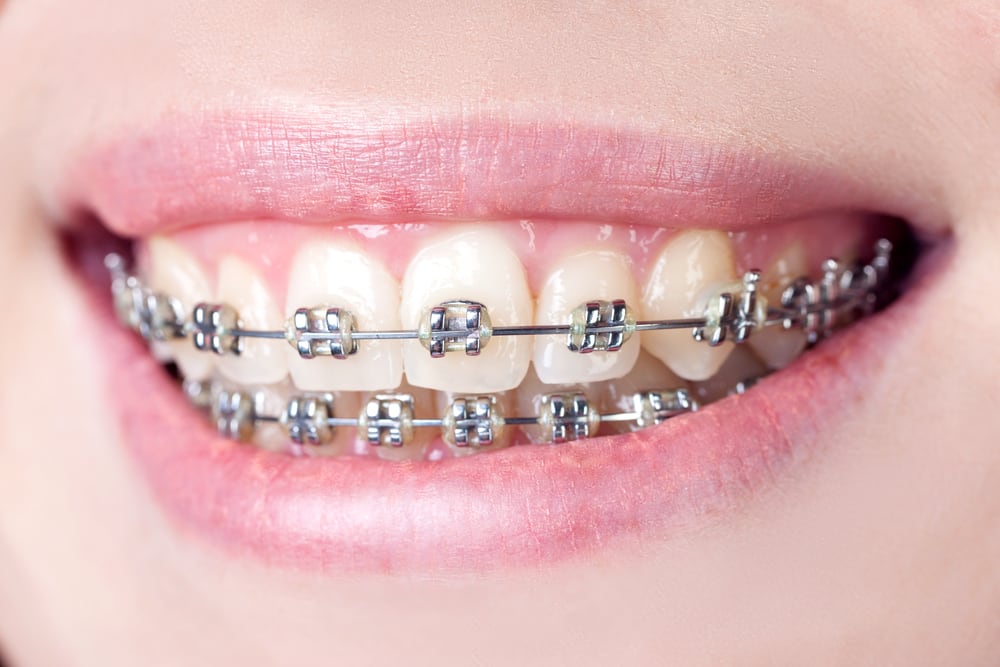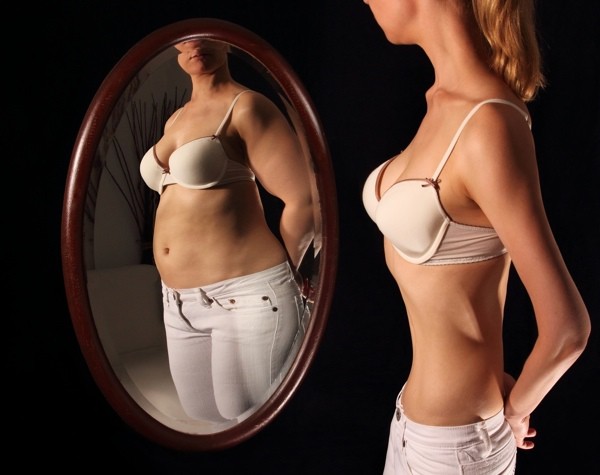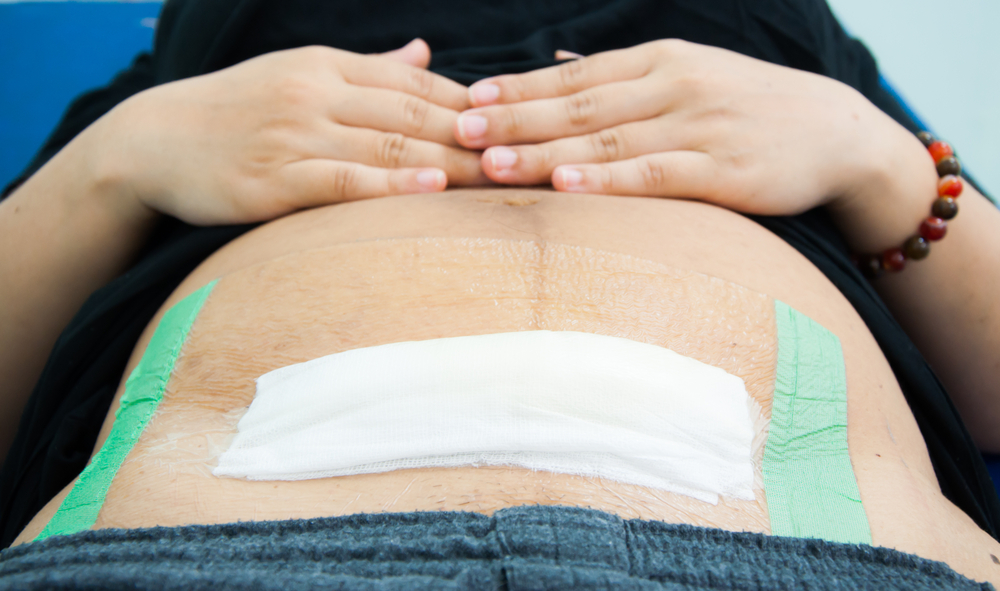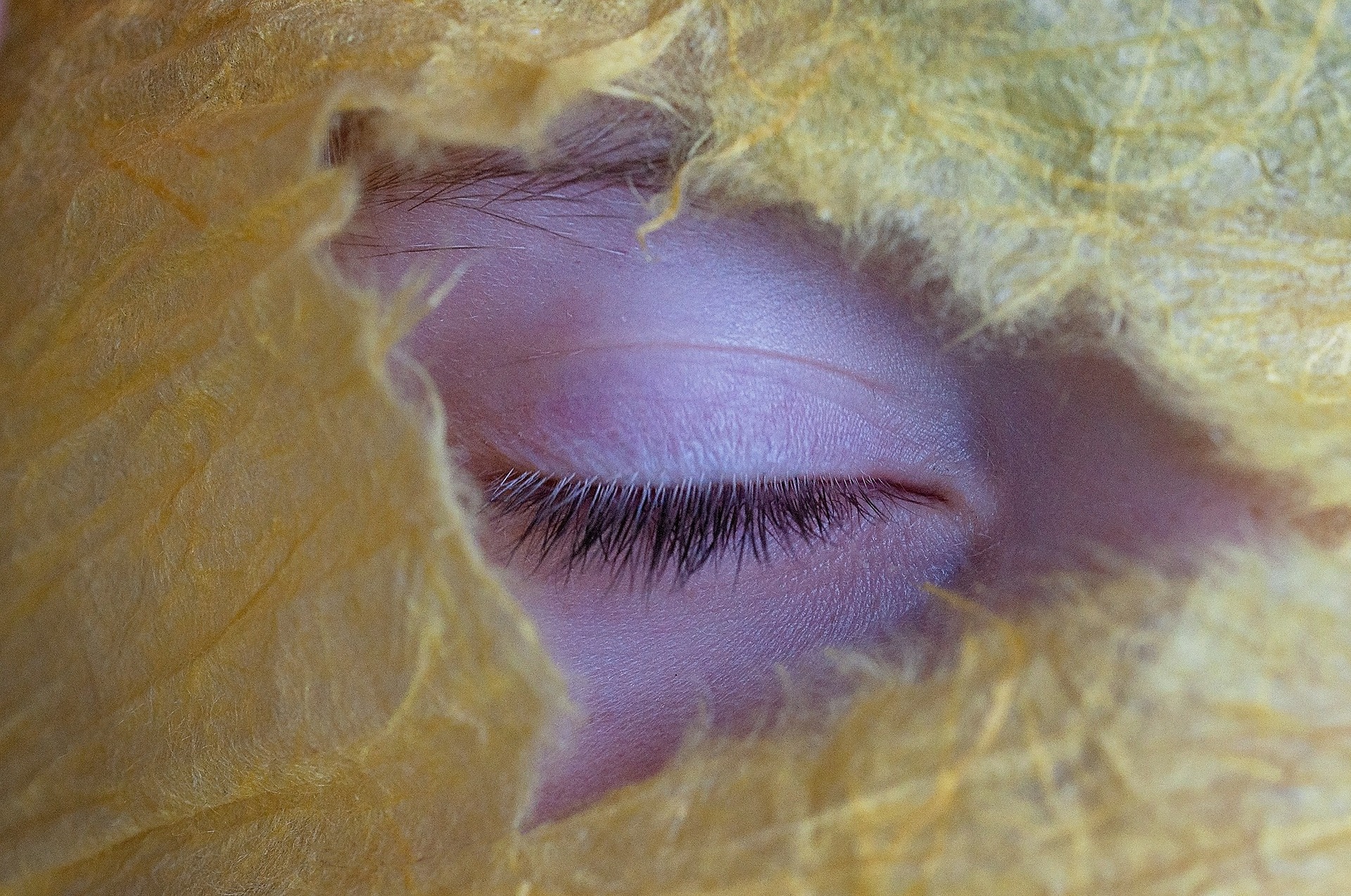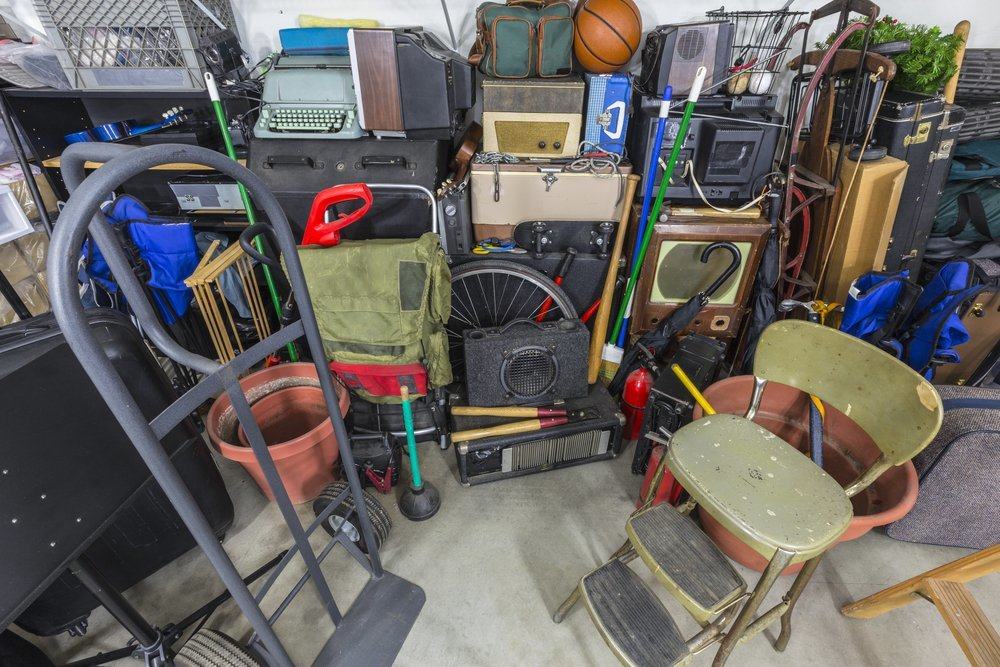Contents:
Medical Video: Latissimus dorsi free flap
Definition
What is breast reconstruction with latissimus dorsi flap?
Breast reconstruction is a medical procedure to form new breasts after a mastectomy surgery. Reconstruction is done using a muscle donor, fat, and skin from the back (latissimus dorsi flap), usually with an implant.
What are the benefits of the reconstruction procedure with latissimus dorsi flap?
Breast reconstruction with latissimus dorsi flap is done to regain your breast shape. The donor network from your body will give the shape and size of the breast to look natural.
When should I do breast reconstruction with latissimus dorsi flap?
The tissue donor for the latissimus dorsi flap procedure is taken from the area approaching your chest, compared to the donor of the abdominal tissue, and the blood vessels in this area are generally more solid.
The latissimus dorsi procedure is a reconstruction option that is generally recommended if your surgeon's team assesses that your condition is not suitable for other reconstruction procedures, such as:
- there is not enough donor tissue in your abdomen
- You have had a flap from a previous procedure that didn't work and needed another method
- You do not have access to a plastic surgeon who can perform microsurgery without using a flap
Latissimus dorsi flap is also a choice procedure that is suitable for women who have small or medium chest size, because usually back tissue does not contain a lot of fat that can be used to support your new breasts. In general, breast implants must be inserted under the flap to produce the desired shape, size and projection of the breast. The procedure of latissimus dorsi flap will leave a scar on your back, but the surgeon will generally make slices in the area that your bra can cover.
Prevention & warning
What should I know before doing breast reconstruction with latissimus dorsi flap?
Although the general latissimus dorsi flap procedure is recommended as an option for minimally invasive breast reconstruction, this cosmetic surgery has several disadvantages:
You may lose some of your body's strength and function which makes it difficult for you to lift objects and stretch your body. This can affect your ability to do several activities, such as swimming, playing golf or tennis, or turning an object upside down. The latissimus dorsi procedure is generally not an option for use in the reconstruction of both breasts because you can have muscle problems on both sides of the body.
Most women need implants along with latissimus dorsi flap, and some women report their implants feel softer than the front tissue.
The fat texture around the latissimus muscle is more rigid, when compared to the fat in the abdominal area, therefore, most women report that the chest reconstruction from latissimus dorsi feels tighter than the other breasts.
Furthermore, if you have implants embedded under the latissimus dorsi flap, there are several risks similar to implant reconstruction.
What are the alternatives to reconstructing dorsi flap?
You can use a bra with pads or inserts that can form the breasts.
Reconstruction only with implants is possible.
What breast implants should I choose?
Implants are made of silicone bags that can be filled with silicon (gel / liquid) or saline water. Liquid and silicone saline water will give the implant a more supple and natural appearance. Silicon in the form of a gel will produce breast implants that look firmer and shaped. General silicone gel is recommended for women who will undergo breast reconstruction.
If you don't have enough skin tissue or you have had a mastectomy, your surgeon may need expandable implants.
Process
What should I do before breast reconstruction with latissimus dorsi flap?
Before running a mastectomy, your doctor will schedule you to consult a plastic surgeon. Generally, your doctor and plastic surgeon will work together to design a strategy for breast reconstruction that suits your condition.
The reconstruction procedure is performed after you have been given general anesthesia. Follow all your doctor's instructions for preparation for surgery, including eating and drinking guidelines, adjusting medication, and stopping smoking.
What is the process of breast reconstruction with latissimus dorsi flap?
The procedure lasts around 4-6 hours.
The surgeon will make an oval-shaped incision in your back, usually along the skin folds, and an incision in your breast. Then, he will move the latissimus dorsi muscle on the back to the front of your chest to create your new breast shape. If you need an implant, the surgeon will make an incision under the flap and separate the surrounding tissue to make room for the breast sac implant.
What should I do after breast reconstruction with latissimus dorsi flap?
You will be able to go home 2 - 6 days after the procedure.
You can return to your normal routine in 4-6 weeks.
Using a bra made from soft and body-fitted will help ease postoperative discomfort. If you have latissimus dorsi flap in both of your breasts, you may find it difficult to lift or pull your body.
If you have an expandable implant, you will be scheduled for a regular consultation with your doctor.
Reconstructed breast forms will look natural over the course of the recovery, generally several weeks to a year after the procedure.
Complications
Complications
General Complications
- pain
- bleeding
- infection in the surgical area (wound)
- mild scarring
- blood clotting
Specific Complications
Complications of breast reconstruction:
- a lump arises under a former surgical wound
- loss of flap
- skin necrosis
- unnatural movement or twitching in the breast reconstruction
- differences in shape and appearance
- numbness or prolonged pain around the armpit or inner arm
- permanent numbness in the wound on the back and on the surface of the breast reconstruction
- shoulder feels stiff
- arms feel weak
Breast implant complications
- infection of the implant
- thickening or tightening of scar tissue
- the implant is tangled and sagging
- implant tears or implants
- implant rotation (upside down or moving position)
If you have questions relating to the complications of this procedure, consult your doctor for a better understanding.
Hello Health Group does not provide medical advice, diagnosis or treatment.

